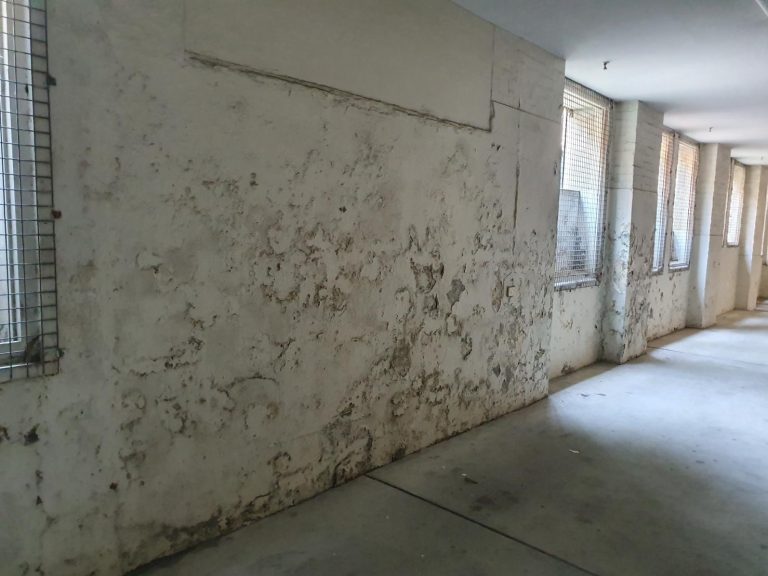
Causes of Failure in Waterproofing: Substrate Moisture
The third major cause of waterproofing failures is residual moisture in the substrate causing adhesive failure or de-bonding of the membrane. Australian Standards for textile floor coverings (AS/NZS 2455.1), vinyl flooring (AS 1884), tiling (AS 3958.1),painting (AS 2311), plywood (AS/NZS 2269) and timber (AS/NZS 1080.1, AS 2792.2) all specify the substrate dryness or material moisture content for the installation of various floor covering materials over concrete and mortar screeds. Why Australian Standards for waterproofing (AS 3740 / AS 4654.1) has failed to define and specify methods for determining the substrate dryness or moisture content has remained a perplexing issue.
There is no area of construction more critical to understanding the moisture content of a substrate than in waterproofing. It is critical for the Builder and the Waterproofing Contractor to test the concrete or mortar screed substrate before the application of the waterproofing. There are no Australian Standard specifically detailing moisture content testing in various substrates and materials.
However the most recent revision of AS 1884 – 2012 Floor Coverings – Resilient sheet and Tiles – Installation Practices, Appendix A – Testing for Moisture Content in Subfloors is the most up to-date reference. This revised Standard now references the globally recognized, accurate and best practice for assessment of the moisture content of concrete floors and mortar screeds.
The relevant Standards for this testing are all ASTM Standards and include ASTM F2659 (2010) Standard Guide for Preliminary Evaluation of Comparative Condition of Concrete, Gypsum Cement, and Other Floor Slabs and Screeds Using a Non-Destructive Electronic Moisture Meter; ASTM F2420 (2011) Standard Test Method for Determining Relative Humidity on the Surface of Concrete Floor Slabs Using Relative Humidity Probe measurement and Insulated Hood; ASTM F2170 (2011) Standard Test method for Determining Relative Humidity in Concrete Floor Slabs Using in situ Probes.
Every concrete and mortar screed should be accurately assessed for the moisture content before the application of waterproofing products. Wherever possible this moisture testing should be thoroughly documented and form part of the statement of the
Certificate of Compliance.
Author: Australian institute of Waterproofing


